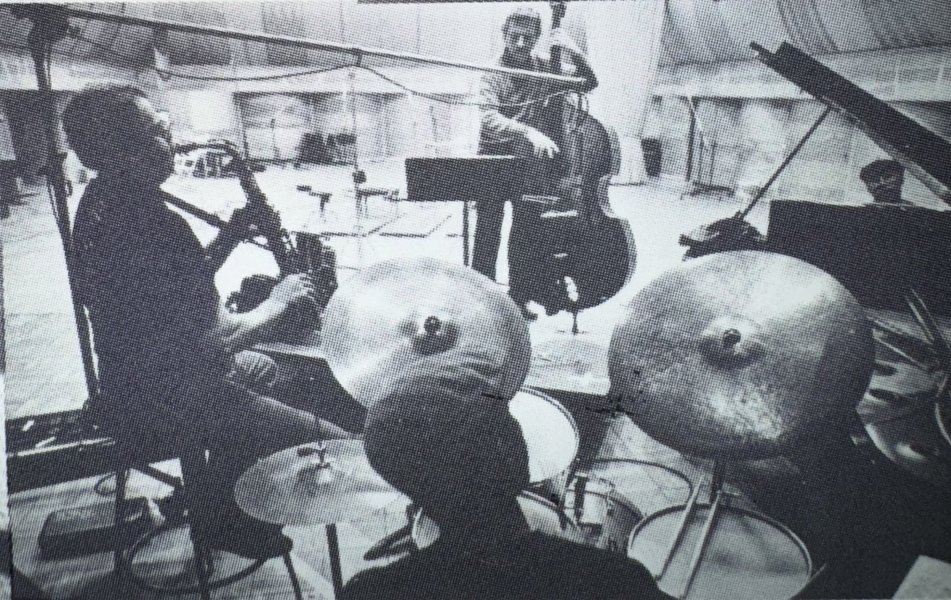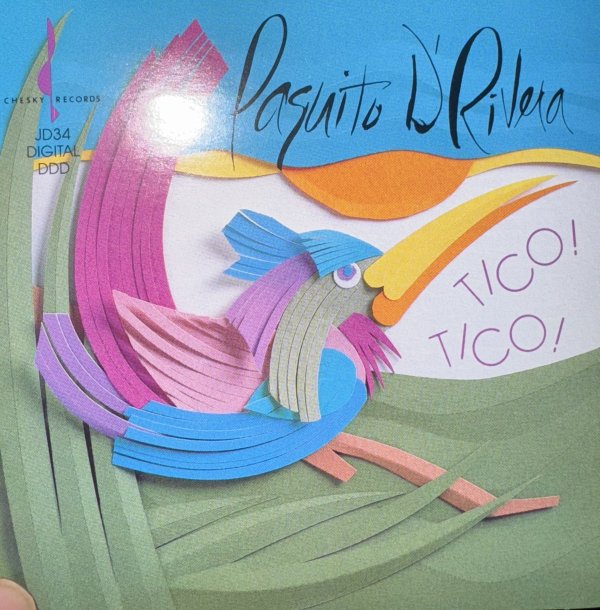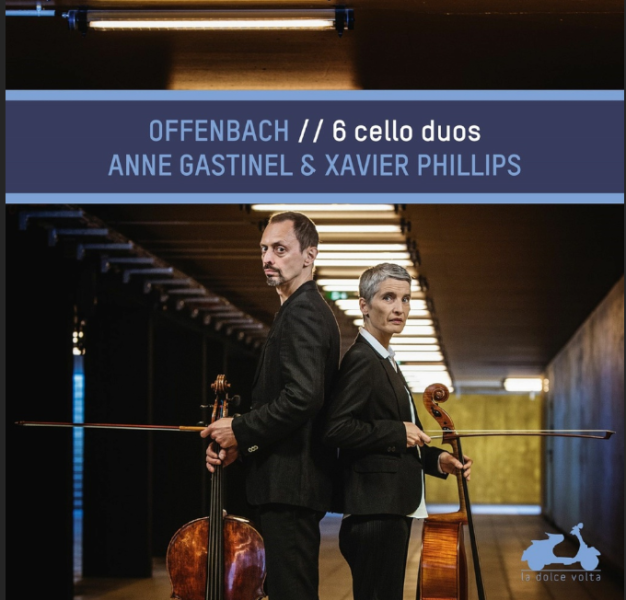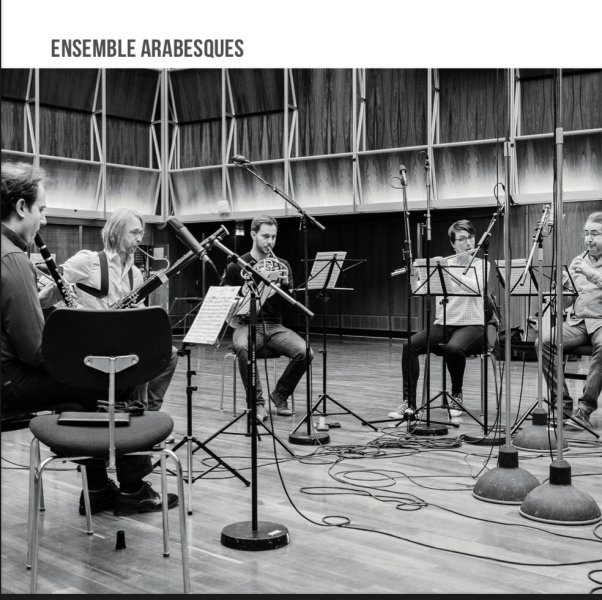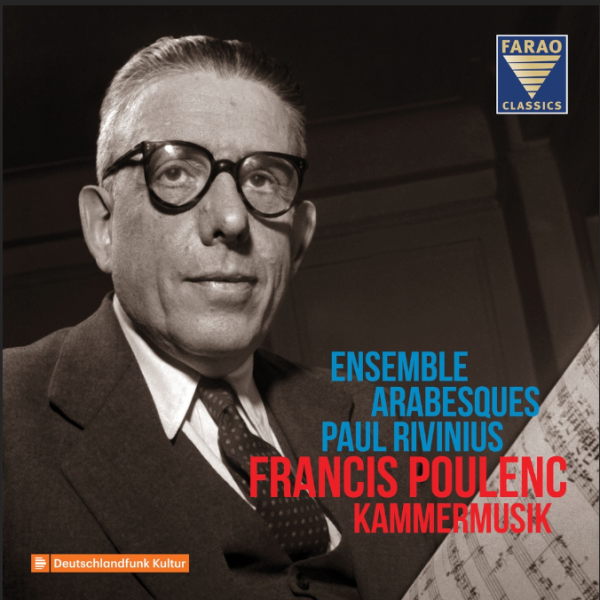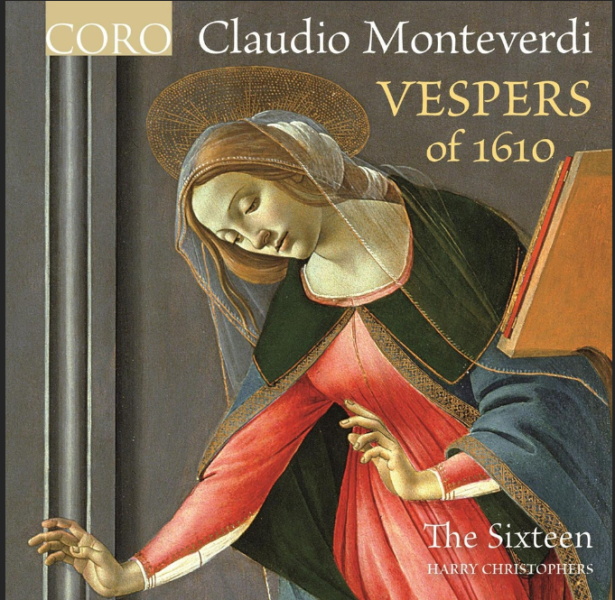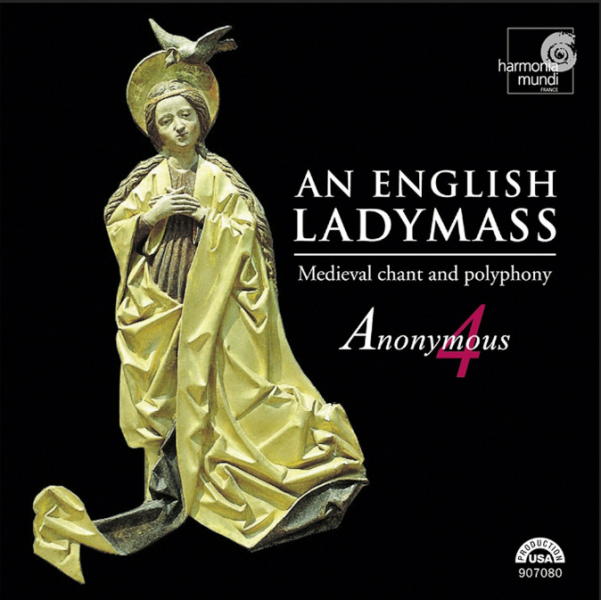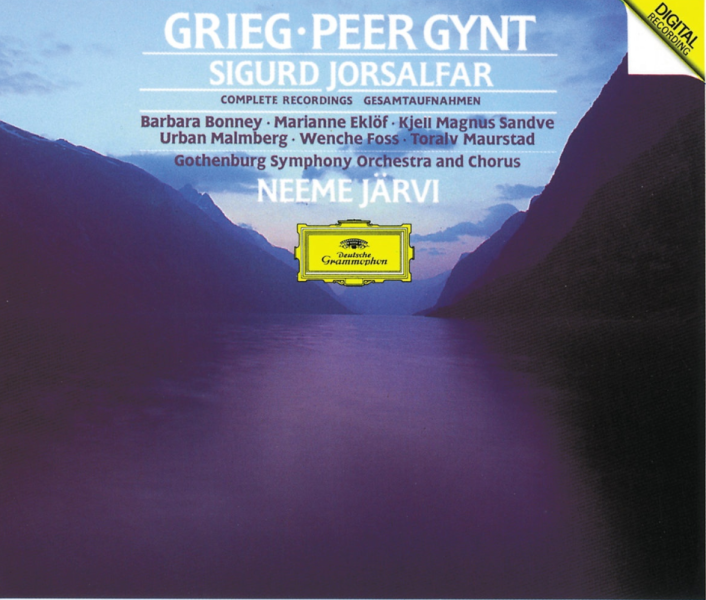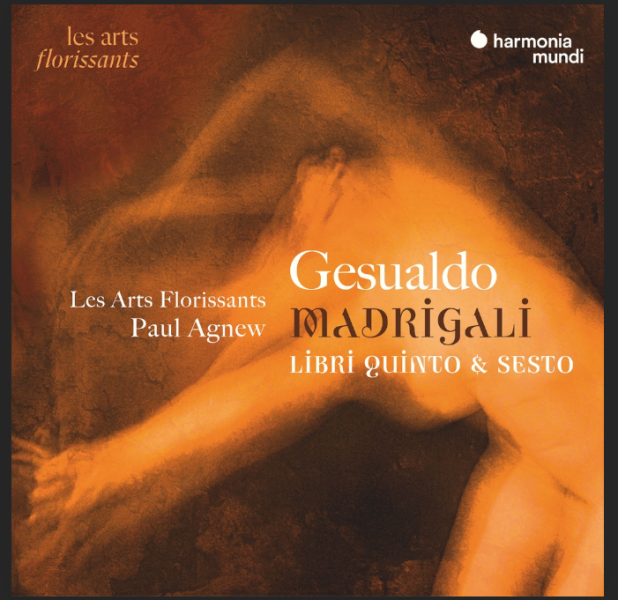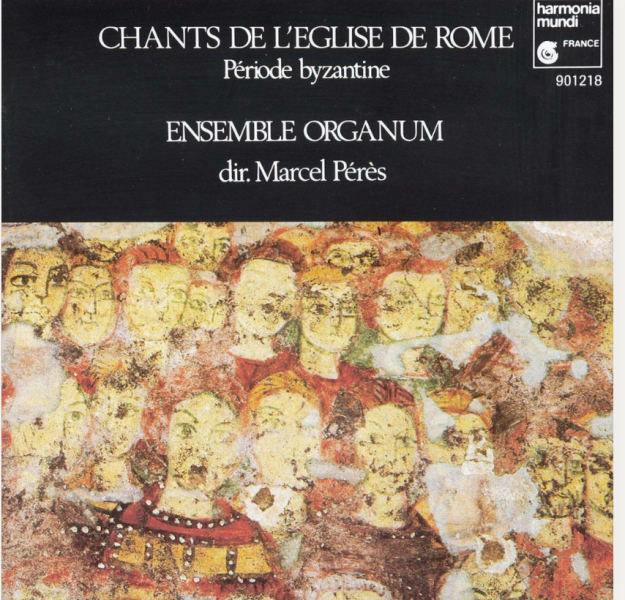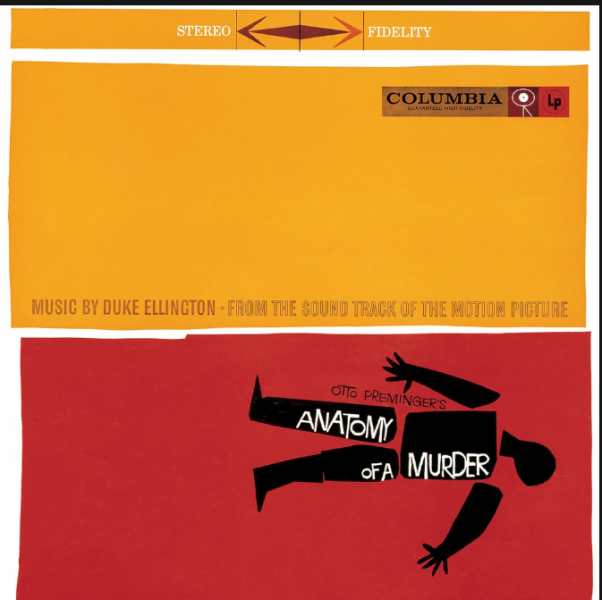Roon’s latest update has screwed up my system, so what’s new? This has been happening for at least five years, I’ve given up assuming Roon will ever get its act together. My Mola Mola Makua no longer shows up on the device list. Go figure.
Meanwhile we can enjoy good old Redbook CD’s which will outlive Roon. Here’s a beautiful old Chesky Jazz CD featuring Phil Woods. Beautifully recorded in the Chesky fashion with wide soundstage exceeding the speaker width. On the big SL’s, the sound is exquisite. I’m playing this through my ARC Reference CD8 player, a warhorse if there ever was one.
Roon may be here and gone, but Redbook CDs will last forever. Thank heaven for that.
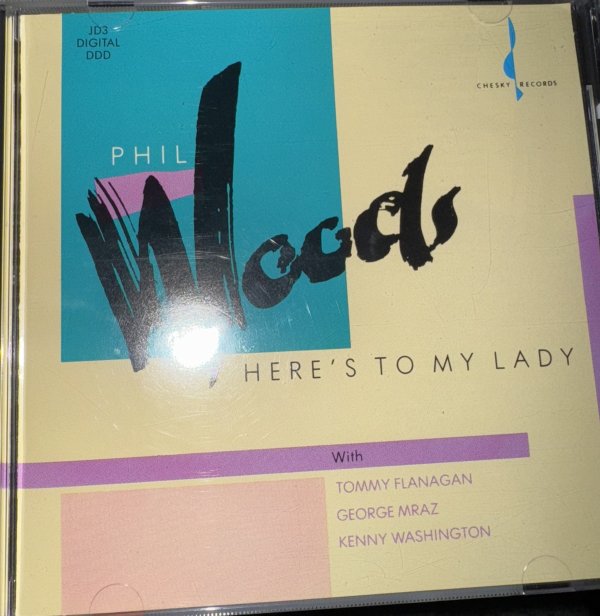
Meanwhile we can enjoy good old Redbook CD’s which will outlive Roon. Here’s a beautiful old Chesky Jazz CD featuring Phil Woods. Beautifully recorded in the Chesky fashion with wide soundstage exceeding the speaker width. On the big SL’s, the sound is exquisite. I’m playing this through my ARC Reference CD8 player, a warhorse if there ever was one.
Roon may be here and gone, but Redbook CDs will last forever. Thank heaven for that.















